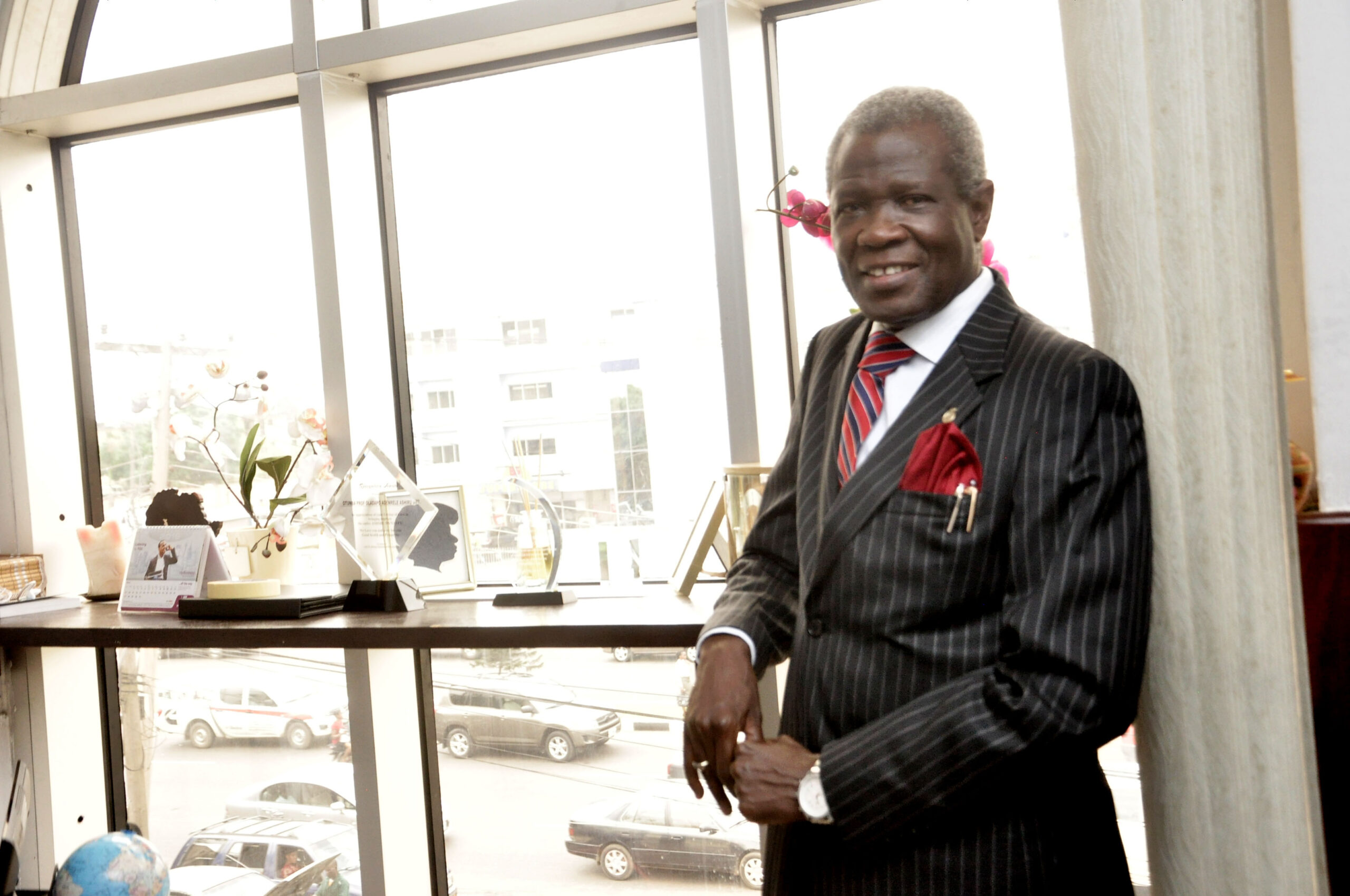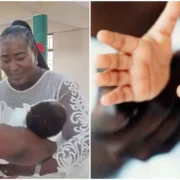Age-related Infertility: See Facts & Recommendations By Fertility Expert, Prof. Oladapo Ashiru

The link between age and fertility for women has long been established. As the proverbial biological clock of women ticks and ushers us into our thirties, there’s good chance getting pregnant may become a little or a lot more difficult but there’s hope if you are one such woman struggling with infertility.
Professor Oladapo Ashiru, a fertility expert’s piece on age-related infertility and recommendations is a ray of hope.
He starts by recommending assessment of ovarian aging, the various tests that accompany that, and the recommendations that can help you carry your own baby despite your age-induced infertility.
Read his article he share with PUNCH below:
Assessment of ovarian aging
Ovarian reserve testing has been explored as a means to determine a woman’s fertility potential and provide an assessment of ovarian aging. Although chronological age alone serves as a good marker of ovarian reserve, some women will experience a decline in their natural fertility sooner than average, while some older women may maintain above-average ovarian function.
The most commonly used test of ovarian reserve is the cycle day 3 or basal FSH level this is one of the essential reproductive hormones in human. An elevated basal FSH level is the first sign of ovarian aging that can be detected in women and it usually occurs in women aged between 35 and 40.
Physiologically, the follicular pool is reduced to approximately 10% of the levels present at puberty.
An ovarian antral follicle count(AFS) can be performed early in the menstrual cycle. Antral follicles between 2 mm and 10 mm can be identified by transvaginal ultrasound. Antral follicles are sensitive to FSH and are considered to be representative of the available follicle pool. The number of antral follicles seems to correlate with the number of primordial follicles in the ovary, with a decline in primordial follicles being reflected in a lower number of antral follicles. The decline in AFC may not be as steep as the decline in fertility but decline in AFC is also correlated with both the menopause transition and ovarian response to stimulation.
In summary, as a rule of thumb, the fertility potential of a woman can be determined by the Antral follicle Count (AFC), the Day3 FSH.
Treatment of age-related infertility
Fertility treatment for age-related infertility is aimed at increasing monthly fecundity and decreasing the time to conception. Women may be offered Controlled Ovarian Hyperstimulation with clomiphene citrate or gonadotropins, or InVitro Fertilisation to improve their chances of pregnancy and decrease time to pregnancy. Both treatments are aimed at increasing the number of mature oocytes each month to balance decreasing oocyte quality, but they do not address the underlying issue of oocyte quantity or quality although adjuvants such as CoQ10, DHEA, Glutathione and other life style modifications typified by the Modern Mayr Medicine type of detoxification can be used to optimise quality of the oocytes.
The only effective treatment for age-related infertility and declining oocyte quality is Oocyte Donation. In reality, pregnancy and live birth rates with COH in older women are low. Older women may consider 1 to 2 cycles of COH if they do not want to try IVF as a first-line treatment, but they should move on to IVF quickly if they are unsuccessful within the first couple of cycles.
Although the chance of success diminishes with age, IVF still offers higher pregnancy and live birth rates than COH. Oocyte donation offers women with an intact uterus the opportunity to carry a pregnancy despite declining ovarian function or menopause. Pregnancy rates with oocyte donation are based on the age of the donor, not on the age of the recipient.
Recommendations
Due to decline in fertility and the increased time to conception, women above 35 years of age should be referred for infertility work-up after six months of trying to conceive.
Women in their 20s and 30s should be counseled about the age-related risk of infertility when other reproductive health issues, such as sexual health or contraception, are addressed as part of their primary well-woman care. They should be encouraged to seek fertility interventions on time and not wait till they get older, thereby reducing their chances of getting pregnant.
Women of reproductive age should be aware that natural fertility and assisted reproductive technology success is significantly lower for women in their late 30s and 40s.


